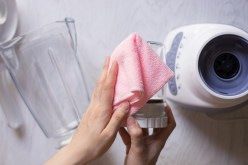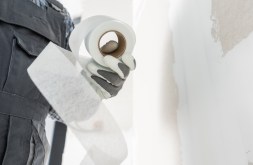The Ultimate Guide to Building DIY Pet Houses: Tips and Tricks

Are you a pet lover who wants to provide your furry friend with a comfortable and cozy space to call their own? Building a DIY pet house can be a rewarding project that not only saves you money but also allows you to customize the design to suit your pet’s needs. Whether you’re a seasoned DIY enthusiast or just starting out, this ultimate guide will provide you with valuable tips and tricks for building the perfect pet house.
Planning and Preparation
Before diving into your DIY pet house project, it’s important to take some time for planning and preparation. This section will guide you through the initial steps of creating a solid foundation for your project.
Choosing the Right Design: The first step is to decide on the design of your pet house. Consider factors such as the size of your pet, their specific needs (indoor or outdoor use), and the available space in your home or yard. Popular designs include classic doghouses, cat condos, and rabbit hutches.
Materials and Tools: Once you have chosen a design, make a list of all the materials and tools required for construction. Common materials include plywood, lumber, screws, nails, insulation, roofing material, paint or sealant, and hinges. Ensure that you have all necessary tools such as saws, drills, measuring tape, hammer, leveler etc., before starting the project.
Construction Techniques
With proper planning and preparation complete, it’s time to dive into the construction phase of building your DIY pet house. In this section, we will discuss some essential construction techniques that will help ensure durability and functionality.
Secure Foundation: A sturdy foundation is crucial for any structure. Start by leveling the ground where you plan to place the pet house. Use concrete blocks or treated lumber as support beams to elevate it off the ground slightly. This helps prevent moisture damage from seeping into the structure.
Insulation and Ventilation: To provide your pet with a comfortable living space, insulation and ventilation are key. Insulate the walls and roof of the pet house to regulate temperature and protect your pet from extreme weather conditions. Additionally, create proper airflow by installing vents or windows.
Safety and Comfort
In this section, we will focus on safety measures and tips to ensure that your DIY pet house is a safe and comfortable haven for your furry friend.
Non-Toxic Materials: When choosing materials such as paint, sealant, or stain for your pet house, opt for non-toxic options. Pets have a tendency to chew on surfaces, so using safe materials will prevent any harm or discomfort.
Smooth Surfaces: Ensure all surfaces inside the pet house are smooth to prevent any splinters or injuries. Sand down rough edges and corners to create a safe environment for your pet.
Personalization and Finishing Touches
The final section of our guide will explore ways to personalize your DIY pet house and add those finishing touches that will make it truly unique.
Color Scheme: Choose a color scheme that complements your home’s exterior or reflects your pet’s personality. Use non-toxic paint or stain to add a pop of color to the exterior of the pet house.
Cozy Accessories: Make the interior of the pet house cozy by adding soft bedding or cushions that can be easily removed for cleaning. Consider adding a door flap for added warmth during colder months.
Conclusion
Building a DIY pet house can be an enjoyable project that not only provides your furry friend with their own space but also allows you to showcase your creativity. By following these tips and tricks, you can create a safe, comfortable, and personalized haven for your beloved pets. So grab those tools and get started on building the perfect DIY pet house today.
This text was generated using a large language model, and select text has been reviewed and moderated for purposes such as readability.





